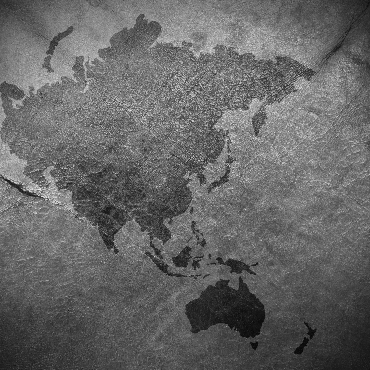JAKARTA WALKS FINE LINE WITH MILITARY EXERCISES...
In 2023, the Association of Southeast Asian Nations (ASEAN) conducted "ASEX 01-Natuna," the first joint military exercise of its kind for the bloc. In July 2024, Indonesia's Army Chief of Staff, Gen. Maruli Simanjuntak, spoke of the drill's importance for ASEAN. "The more we do [joint] exercises, the more knowledge we get," he noted. Even so, the presence and strength of the People's Republic of China (PRC) in the South China Sea served to limit the drill's scope to diplomacy, communication, and crisis response. Anything more would risk drawing Beijing's ire. With that in mind, Simanjuntak previewed possible joint exercises between Indonesia and the PRC in 2025. Given prior military exercises with the United States that have expanded in recent years, Jakarta may have little choice but to begin drills with the People's Liberation Army. (Nikkei, July 25, 2024)
...WHILE LAOS DOUBLES DOWN ON COOPERATION WITH BEIJING
Meanwhile, in July, Beijing and Vientiane held their annual "Laos-China Friendship Shield Exercise," a two-week drill that featured 300 troops from China and 900 from Laos. The maneuvers underscored Laos' unique restraints and its deep strategic dependence on the PRC. Unlike Indonesia, which enjoys geographic distance and separation from Beijing, Laos sits on China's border and is heavily indebted to Beijing. China has also leveraged its Belt & Road Initiative (BRI) to pull Laos, and ASEAN member nations more broadly, further into its orbit. Indeed, most of the heavier weapons and equipment used in the exercise entered Laos via the Laos-China Railroad, a BRI-funded project. (Radio Free Asia, July 9, 2024)
AUSTRALIA, PACIFIC ISLANDS RESPOND TO CHINA'S POLICE PRESENCE
At the annual Pacific Islands Forum (PIF) in August, Australia and the Pacific Island nations stepped up efforts to counter the PRC's growing police presence in the region. In recent years, Beijing has expanded its relationships with Pacific Island nations. In 2022, China and the Solomon Islands reportedly signed a security agreement that granted Chinese police greater access to the island, and also sent "police advisors" to Kiribati. These efforts represented a broader push by Beijing to establish a permanent security presence in the region, which some in Washington feared could morph into a permanent military presence with bases for Chinese troops.
In response, Australia – with Papua New Guinea's support – proposed the Pacific Policing Initiative, a $400 million program that promises to establish multiple police training centers throughout the region and establish a multilateral police force for crisis response. Although PRC-aligned nations expressed initial skepticism, the plan won support at the PIF and was adopted, bolstering Australia's historical reputation as the regional security leader. (Sydney Morning Herald, August 28, 2024)
TOKYO TAKES STEPS TO SHORE UP TERRITORIAL CONTROL
Territorial tensions have long persisted between Japan and the PRC. Chinese drones and fishing vessels have previously flown and sailed near Japan's airspace and territorial waters, but the situation escalated on August 26th when a Chinese Y-9 reconnaissance aircraft violated Japan's airspace. The encroachment lasted two minutes, and the location in question was the Danjo Islands, near Nagasaki. Policymakers in Tokyo have also been tracking Beijing’s ongoing drills targeting Taiwan.
In response, Japan announced a new, multibillion satellite network that will better allow Tokyo to surveil threats to its sovereignty. It is part of Japan's larger $59 billion defense spending increase, set to begin in 2025. In the coming years, Tokyo has also arranged for the delivery of 400 Tomahawk cruise missiles, and plans to purchase multiple tanker aircraft for in-air refueling. (Wall Street Journal, August 30, 2024)
MANILA TAKES A STAND
In the South China Sea, shoals and low-tide elevations represent hotly contested features in the ongoing geopolitical struggle between the PRC and smaller Southeast Asian countries. There has been extensive press about tensions between Beijing and Manila over the Second Thomas Shoal, where a beached Filipino ship affords Manila a presence in the middle of the Spratly Islands, much to Beijing's frustration. A lesser-known feature, Sabina Shoal, made news in September when the Philippines announced plans to send a new coast guard ship to reinforce its territorial claim, even as PRC ship maneuvers at sea with Philippine vessels have grown increasingly aggressive. (Nikkei, September 15, 2024)
Want these sent to your inbox?
Subscribe
Indo-Pacific Monitor No. 39
Related Categories:
Military Innovation; Public Diplomacy and Information Operations; Border Security; Australia; China; Japan; Southeast Asia; Vietnam
